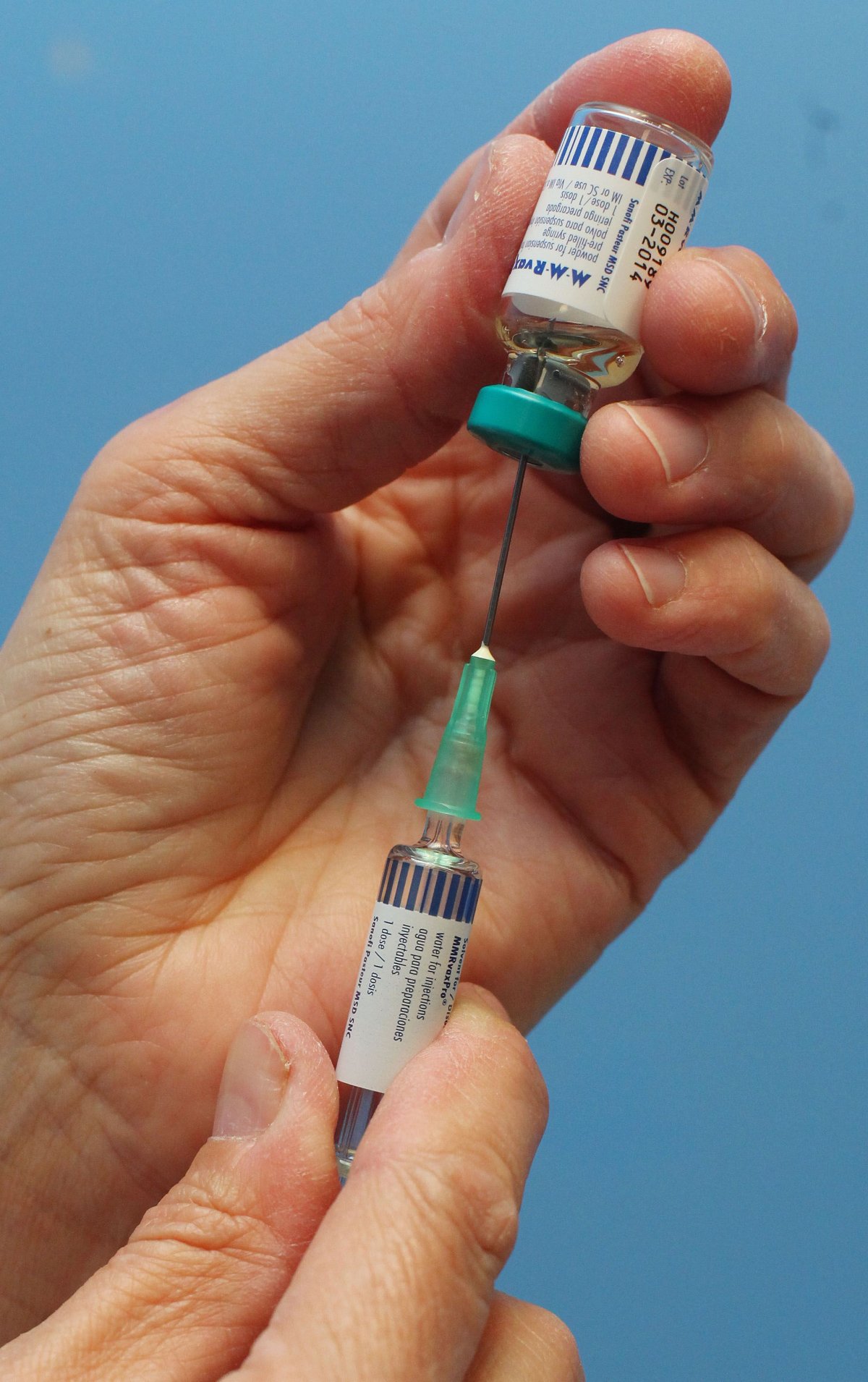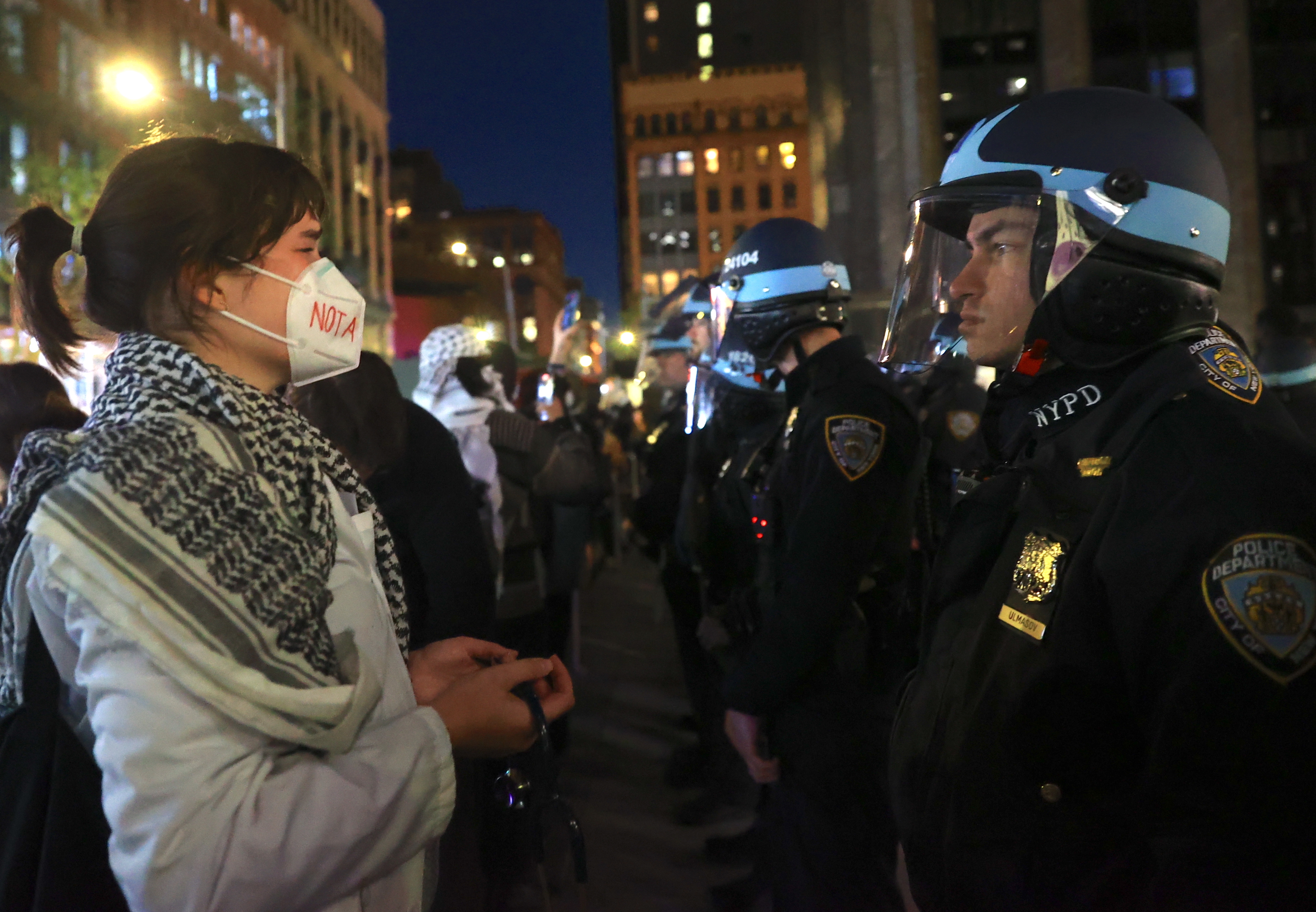Mumps cases have become rare since a vaccine against the viral infection was introduced about 50 years ago, but it's still possible to catch the illness. That's why officials are worried about the tens of thousands of cheerleaders who were potentially exposed to it during a national competition a few weeks ago.
The Texas Department of State Health Services warned those who were at the National Cheerleaders Association All-Star National Championship in Dallas should be on the lookout for symptoms until March 22 after someone with mumps was found to have attended the event.
"The time from being infected with the virus to developing symptoms can be as long as 25 days but is typically 14 to 18 days," the department wrote in its letter.
Between athletes and coaches, more than 26,000 people from nine countries and 39 U.S. states attended the championship.
The infected person who attended the event came from another state, State Department spokesman Chris Van Deusen told the Washington Post, and so far there haven't been any cases in Texas linked to that original one.
"The next few days will probably be telling," he said.
People can contract mumps when they have "prolonged, close contact" with an infected person, the U.S. Centers for Disease Control and Prevention warned. That puts people in the same dormitory or on the same sports team at the greatest risk for the contagious illness.
The most visible symptoms of the virus are a swollen jaw and puffy cheeks, caused when the infection swells the salivary glands. People may also experience a fever, headaches, fatigue, appetite loss and muscle aches.
Others may show no signs at all, or display just mild symptoms. In more severe cases there can be complications, like swelling in the brain, spinal cord, testicles, ovaries or breast tissue. Those extreme cases can also be linked to deafness.
"It spreads through saliva or mucus from the mouth, nose, or throat," the CDC said. "An infected person can spread the virus by coughing, sneezing or talking; sharing items, such as cups or eating utensils, with others; and touching objects or surfaces with unwashed hands that are then touched by others."
Children are typically vaccinated against measles, mumps and rubella with a single vaccination that has two doses — first when the kid is between one year and 15 months and another between 4-years and 6-years-old. Teenagers and adults may get additional vaccinations when needed.
"Since the pre-vaccine era, there has been a more than 99 percent decrease in mumps cases in the United States," the CDC said.

Uncommon Knowledge
Newsweek is committed to challenging conventional wisdom and finding connections in the search for common ground.
Newsweek is committed to challenging conventional wisdom and finding connections in the search for common ground.
About the writer
To read how Newsweek uses AI as a newsroom tool, Click here.








